Liverpool is grieving
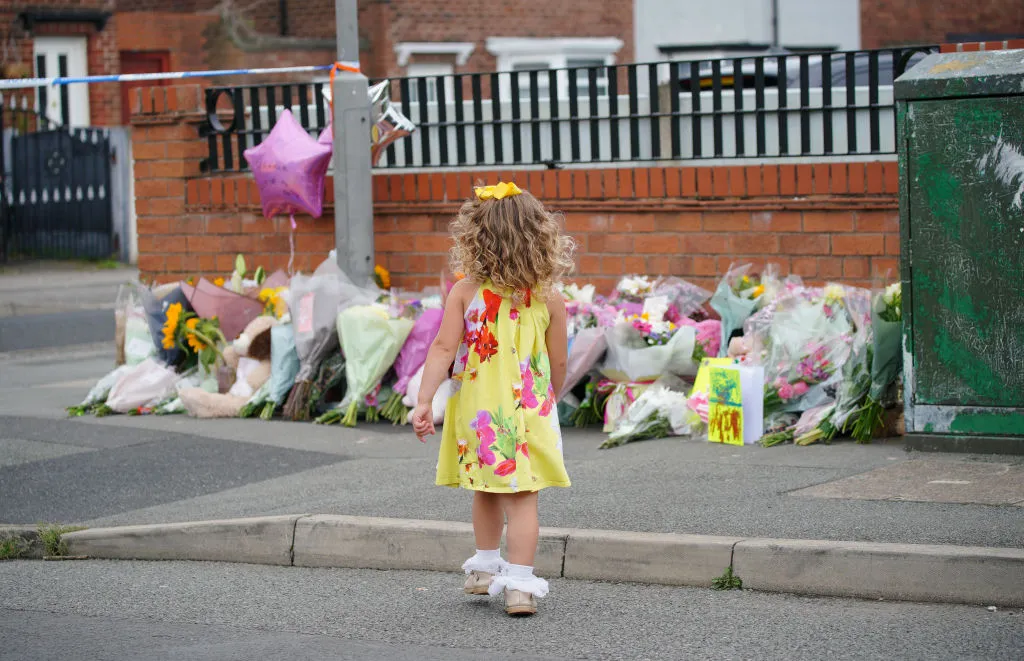
Four murders in a week have sent the city into shock. In Dovecot, residents are trying to pick up the pieces
“This is the town centre then,” says Dovecot resident Andrew Hubbard. “If you can call it that.” He points to a sorry-looking cluster of shops on the corner of a street, just a few minutes down from the police cordon. Tesco, a Chinese takeaway, something grey and shuttered that looks like it sells kebabs. A few others. “It’s where you get a lot of the kids hanging about in the evenings,” he adds.
This isn’t a jibe about unruly yobs, though. It’s just what the kids do. What else would they get up to? It isn’t like there’s a football pitch or a community centre. There’s just a bit of gravel outside of Thrifty’s Post Office; a corner.
Hubbard lives about 10 minutes’ walk from Kingsheath Avenue, where two Mondays ago the universe flipped on its head. At around 10pm in the evening, Cheryl Korbel opened her front door and in burst two men; convicted drug dealer Joseph Nee being pursued by a man in a balaclava. Shots were fired; two at Nee, who survived; one at the wrist of Cheryl, who survived; one at Cheryl’s nine-year-old daughter Olivia Pratt-Korbel, who didn’t.
I’m with Hubbard because he’s taking me on what can only be described as a macabre whistle stop tour of violence. We’re walking the streets in the vicinity of his home as he points and reels off the various incidents that have occured here in the past few years. “Princess Drive, 19th December, a stabbing on this street corner,” he begins. A “lovely lad” according to the paper. Then, on nearby Mab Road, a man shot in the legs a couple years back on Christmas Eve. Into the park, a dealer who shot himself on a bench after dropping his daughter at school. The other side of the park, a shrine to Elliot Mulligan, who was stabbed to death whilst on holiday in Portugal. “A lovely piece of artwork,” Andrew says.
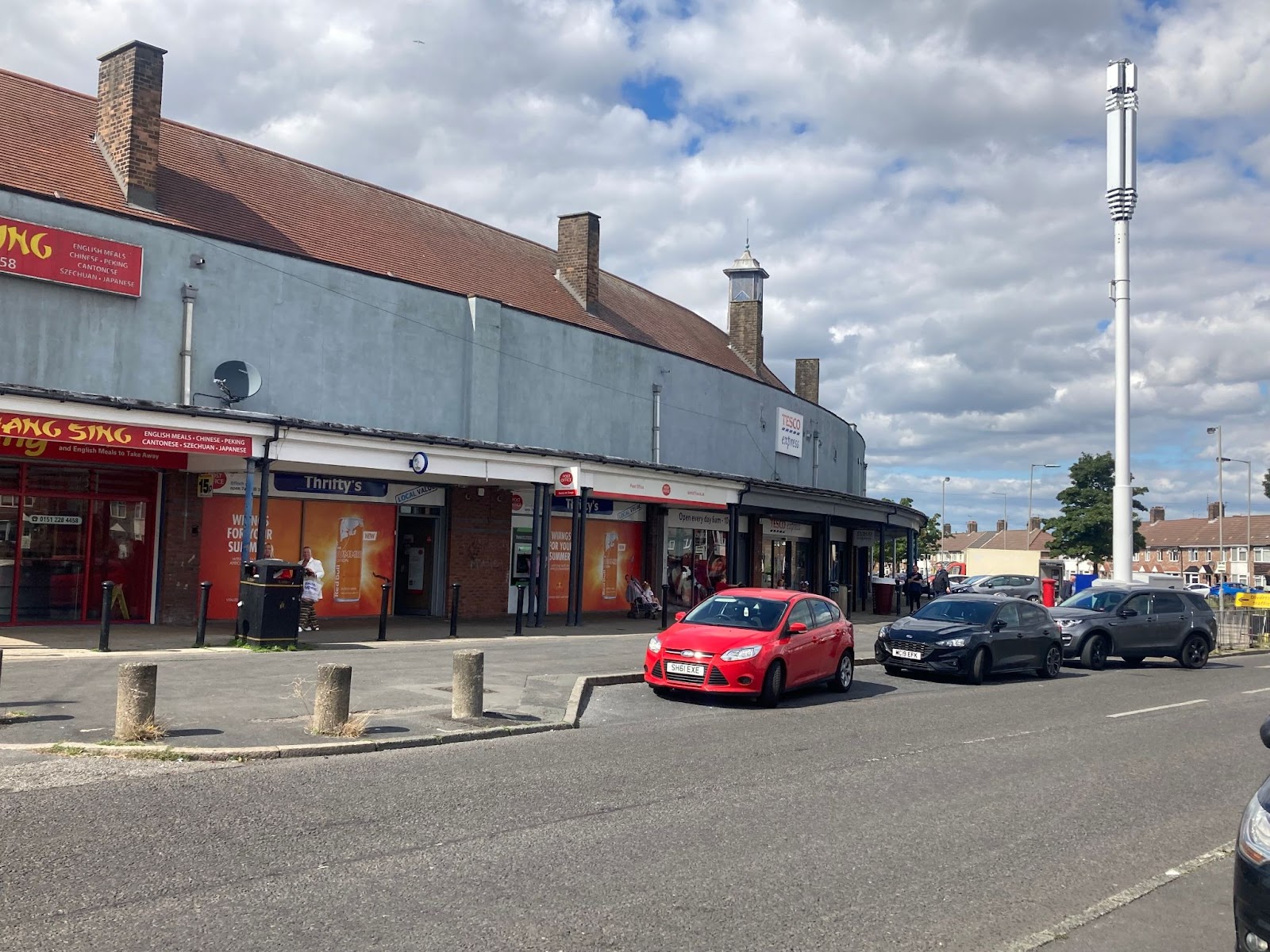
In the aftermath one of Elliot’s friends came and sat at the shrine. He was shot several times in the legs and back. A video of the incident was shared on social media: this time the victim survived. Nearby on Finch Lane another man was slashed in the face, believed to be linked. A few feet down, a house where a father and son were attacked with knives. Up on Max Road in Knotty Ash, shots were fired last month. A police cordon was set up. Earlier this month another cordon was in place after shots were fired from a car on Finch Way at a person on an electric bike, no distance at all from the Korbel home.
The reasons for these incidents are varied, and it wouldn’t be wise to try and tie a single thread through all of them. But they all occured within a 15-minute walk of each other. Peter Mitchell, chief executive of the Big Help Group who run The Drive — a small community centre nearby — says it was coming. “Over the summer we noticed an increase in violence and there was a palpable sense that something was building,” he says. Roughly two weeks before Olivia was killed, Big Help raised this fact with the authorities and warned that something needed to be done to prevent a major incident.
“You don’t feel too disturbed though,” Hubbard says of the multiple incidents near his home. “It’s not the wild west or anything.” The community concurs. Some talk of seeing increasing anti-social behaviour in the last few months; electric bikes and balaclavas. Others don’t even go that far. And it’s understandable that they now fear the entire reputation of the area will be overwritten by recent events. “You don’t feel unsafe in this community,” says Maureen, a resident who lives a few streets from the shooting. “It’s a fantastic tight-knit place”.
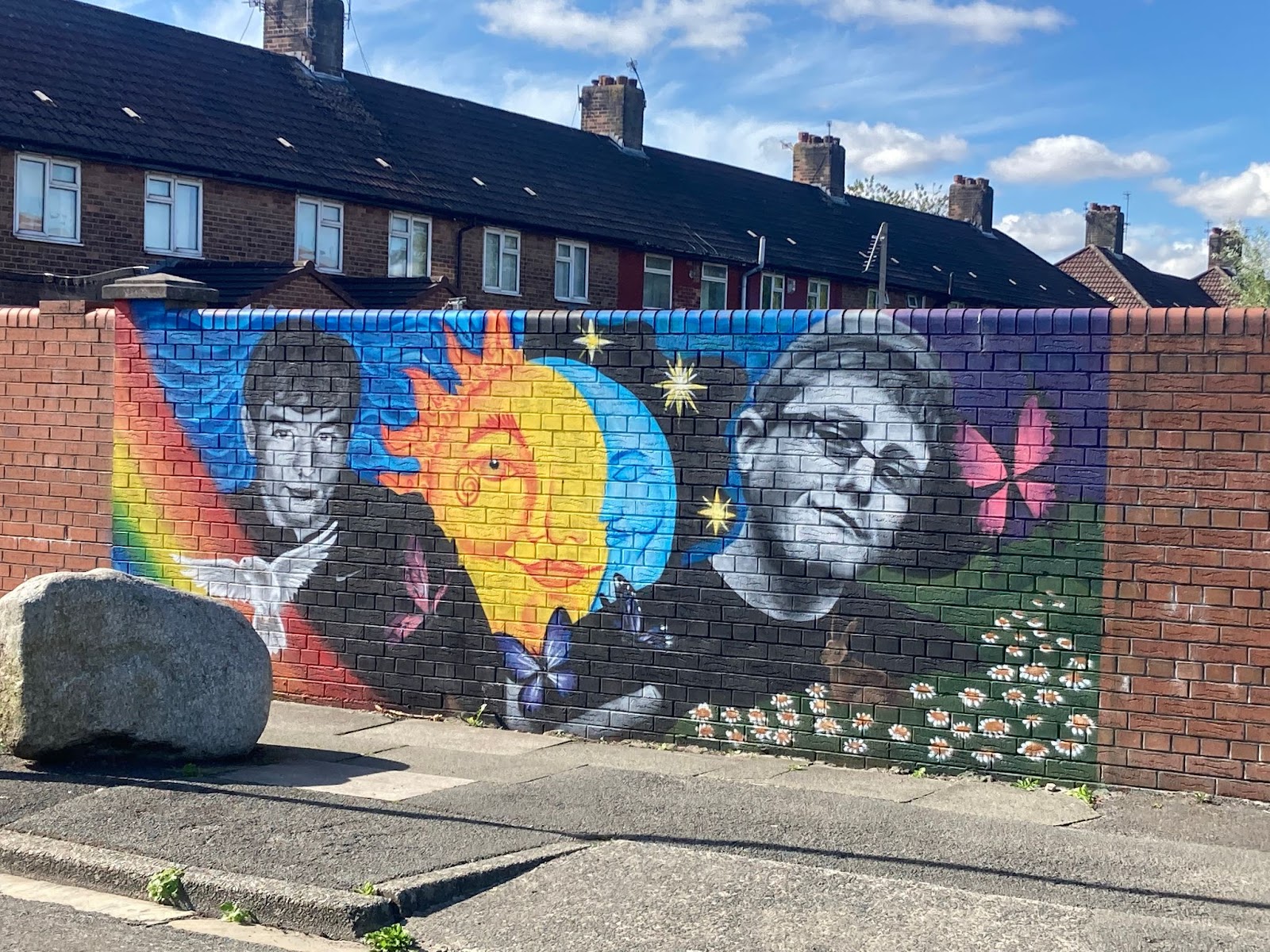
And this is the thing, despite the cluster of violent incidents within a relatively small patch, the consensus from most residents is that an invisible boundary exists between the majority of the community — with their well-groomed gardens and conversations over the fence — and an underbelly of low-ranking criminals who, whilst violent, don’t often bother them. And that’s one reason the Olivia case has been so shocking. The boundary seems to have shattered.
How clear any boundaries around here are — economic, geographic — is another matter. Mitchell says that to understand the dynamics in this case you have to understand the neighbourhood. No one even knows exactly how to define it. Is it Dovecot? West Derby? Knotty Ash? Yew Tree? “It’s a border place,” Mitchell says. “And with that comes a loss of identity”. Knotty Ash councillor Harry Doyle — a frequent face at The Drive since the incident — points to the glaring lack of youth provision. ”Not to make this too political but all of that stuff has just gone,” he says.
But despite cuts to resources, there’s still a strong sense of community here. Outside The Drive on the Wednesday following the incident, residents gather and chat. It’s here that people have been coming forward to supply information. Fears that an alchemy of anti-police sentiment and an ethos in which grassing is said to be a cardinal sin might have created a “wall of silence” couldn’t have proved further from the truth.
At the back of the centre a woman says she “wouldn’t live anywhere else in Liverpool.” Her young granddaughter is able to cycle around outside because she knows the residents up the street who keep an eye out. Inside, sessions are being run for children focusing on processing their emotions in the wake of Olivia’s murder. Others charge around in the entrance and play hide and seek behind a parked car, practically in eyeshot of the cordon.
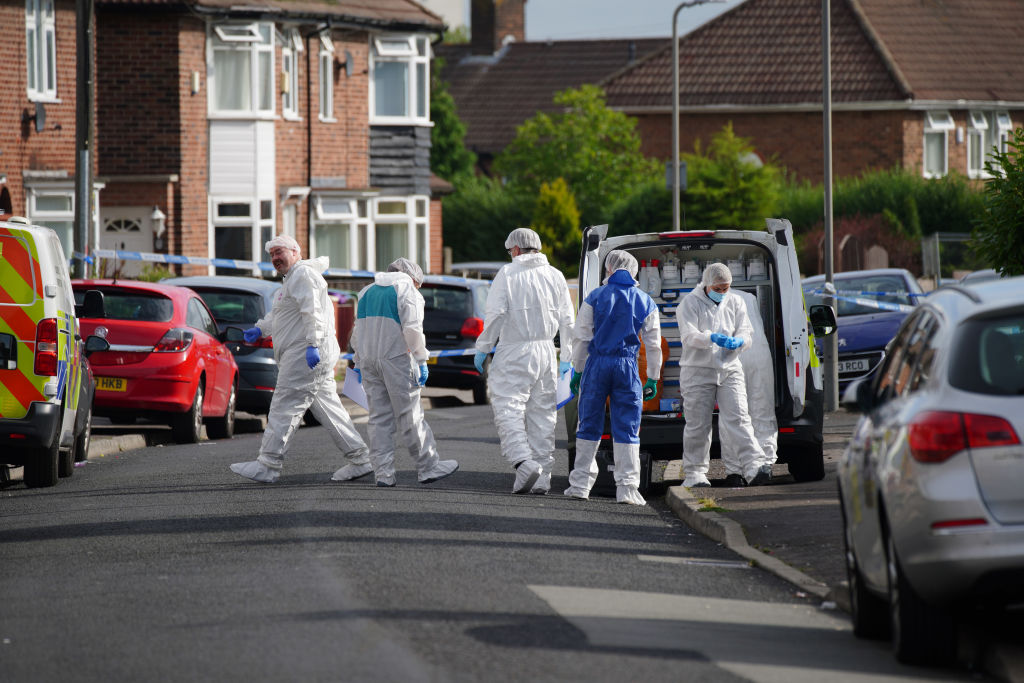
Two days following the shooting, I paid my first visit to Dovecot and stood at a growing mass of teddies and flowers. Behind it, the thin plastic of police tape trembled in the wind. Before it, people gathered. Some cried, others just looked numb with disbelief.
“What on earth is happening to our city?” asked a woman who lived only several hundred yards away. “I just don’t know what’s happening around here,” said another, five minutes later. The parallel in these statements is, of course, that something is happening; around here, in our city.
Is it? To put these statements in context: last year, Merseyside was the seventh highest ranking UK city for total firearm offences, with the eighth highest population, so — relatively speaking — not terrible.
Up to April this year, firearms offences have risen 51% from 2021 — something which sounds bad, but seems unsurprising given last year’s lockdown. But maybe there’s more to the story: in the past few months more than 30 weapon-related incidents have been publicised by police. Sky published a timeline dubbing it the county’s “summer trail of bloodshed”. And according to The Sunday Times violence against the person offences have risen from 4,538 in 2012 to 28,110 in most recent figures.
There’s also the fact that in 2020, National Firearms Threat Centre found that more than 70% of weapons in the UK came through the port in Merseyside and into a broader north-west corridor where a network of gun factories can be found converting low-calibre weapons into automatic firearms. When it comes to guns in the UK, this is the point of origin.
To Paul Walmsley, this recent outburst of violence is particularly raw. He had helped set up the Lewis Dunne Foundation after talking to Lewis’ parents about creating something positive from the tragedy their family suffered in 2015 when their son was shot dead in Eldonian Village in a case of mistaken identity. Less than two weeks ago he returned from holiday to a text from a journalist. Ashley Dale, Lewis’ half-sister, had been killed in her home in a similar incident. “I just felt completely sick,” he says.
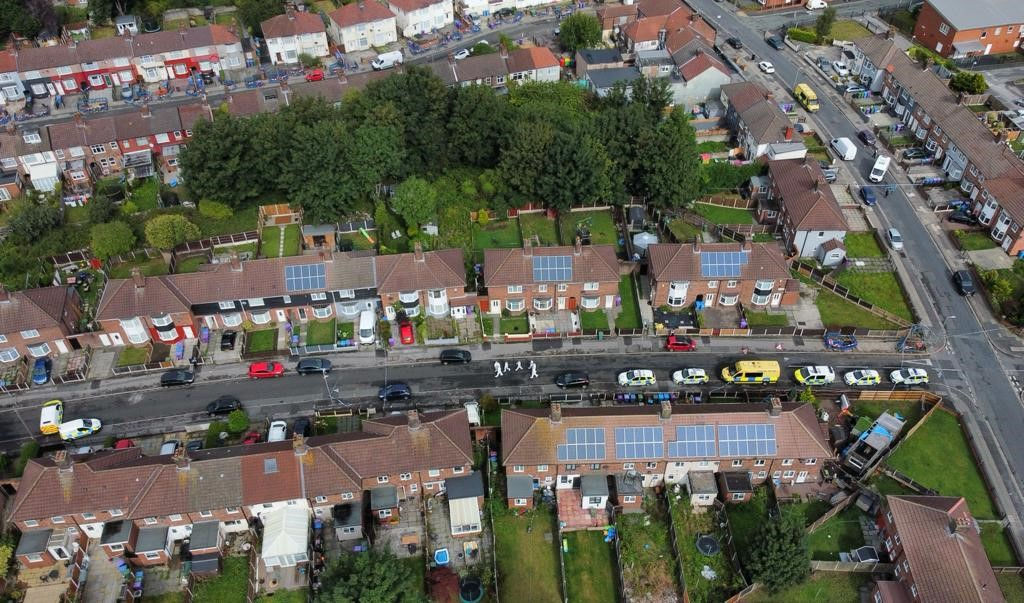
And there was Sam Rimmer, shot dead in Dingle on the 16th by men who fled on e-bikes. And Karen Dempsey, stabbed to death in a pub car park in Kirkby on the 22nd. Along with Olivia, four murders in a week. The murder rate in Merseyside is 2.7 times higher than that in London this year.
Once a criminal himself, Walmsley is now a youth intervention worker, running Halcyon Days and Nobody Left Behind. In the past few years he’s worked personally with well over a hundred troubled young people, but of course this is but a fraction of those who need help. “There just aren't the resources for all of them,” he says.
He recalls one kid. He was nicknamed “the hotel” because the other kids knew they could stash anything at his house. He was 14 and causing trouble at school so Walmsley tried to step in. The hotel wasn’t interested. Walmsley spent two months coming back, sitting in his living room chatting to his grandad while he refused to get out of bed.
He spoke to the boy’s granddad, because his parents weren’t around. One had died, the other was an addict. A textbook family unit in Walmsley’s line of work. Eventually he emerged from the bedroom and a picture of his life came into view. “He was being groomed essentially,” Walmsley says. The slow transgressions of his boundaries were minor at first — coming along to steal cars or passing out at parties and waking up with patches of hair shaved off. He lacked the emotional intelligence or role models to work out where he was heading.
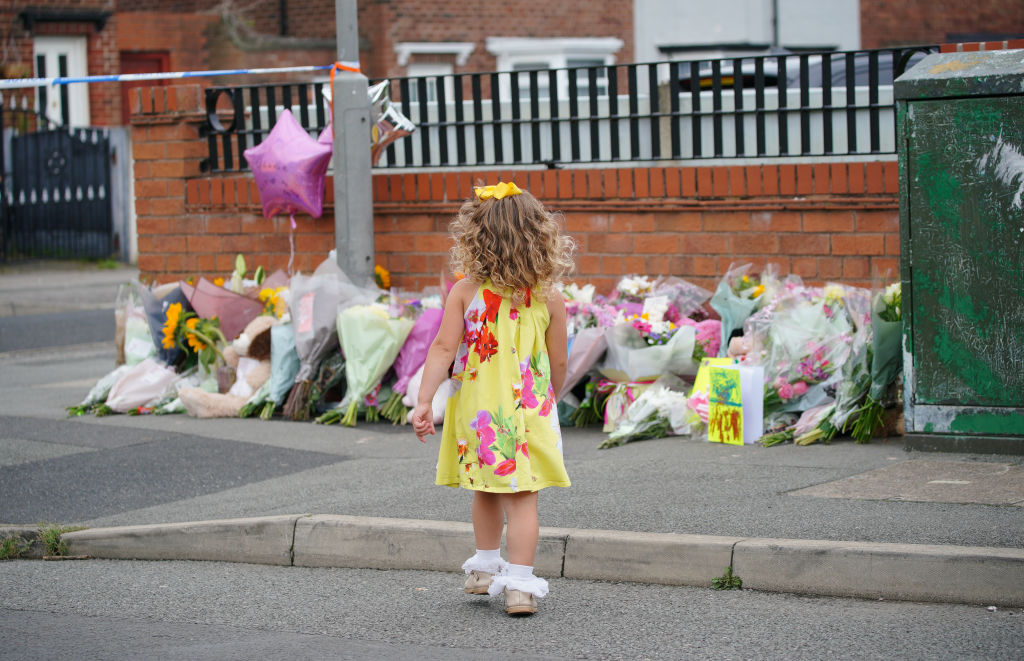
One day he went missing and the care system took him three days to find him. When he returned he asked a question: “what’s the halfway point between Liverpool and Bristol?” It became clear he’d fallen into the county lines trap, where vulnerable teenagers are recruited to traffic drugs from cities into rural areas. He was moved into a home but the damage was done. At the age of 16 he went to jail for attempted murder.
In the case of Olivia, it is believed the situation is different, more to do with older career criminals than wayward teens. In the background though, experts believe the broader trend of violence across Merseyside can be traced to a power vacuum within the county’s underworld. More than 200 Merseyside criminals have been arrested in the last two years since police cracked the Encrochat phone system — widely used by criminals — as part of Operation Venetic, an international crackdown on organised crime. There is now a rush of younger, low-ranking criminals attempting to “backfill” the positions vacated by those that have been arrested.
Walmsley has a metaphor for it. He says it’s like Tetris, where there’s an endless supply of dispensable blocks, falling into the crevices left by the previous ones. “Ping, ping, ping,” he says. Maybe the new blocks have their own style; North Face jackets, balaclavas and e-bikes, but the principle remains the same.
A fractured criminal scene now exists. Rob Hesketh — a criminologist at John Moores university — names a few gangs that operate in the wider area. The Winborne Gang from Wimborne Road, who specialise in burglaries. The Mossheads from Page Moss, who specialise in firearms. The Doveyheads and the Hillsideheads too. And so on. He laughs. “Original names, eh?”
The police insist this is a different place to the 80s, when organised criminal gangs terrorised the streets. And of course, in most ways it is. But that allure hasn’t left. Hesketh knows better than almost anyone else. He grew up on nearby Cantril Farm, unaffectionately dubbed “Cannibal Farm” after its reputation for extreme violence. For a research paper in 2018 he spent time interviewing 44 young people across the county; half of them gang members.
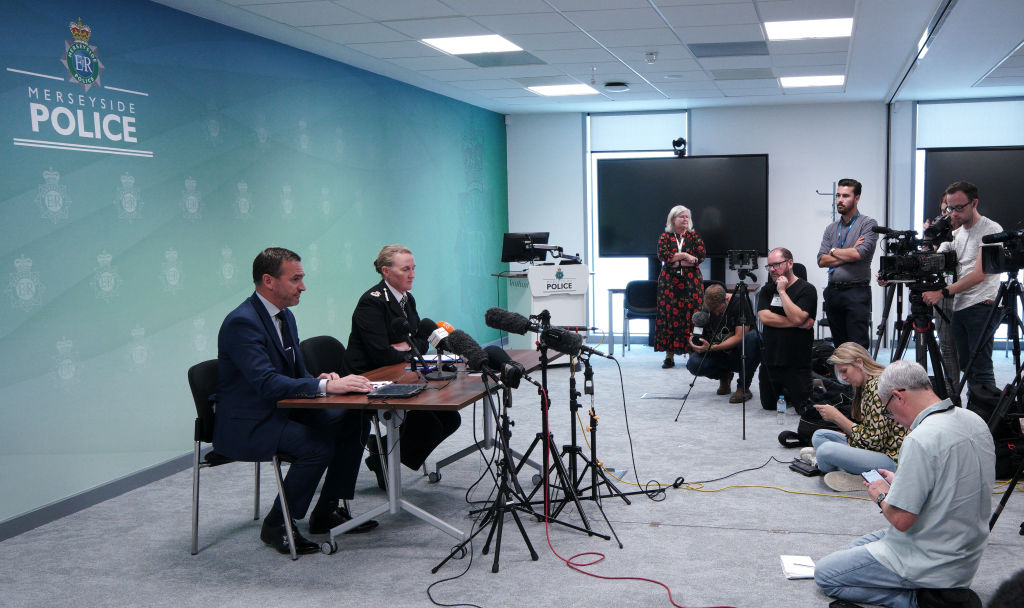
Crime, Hesketh explains, remains seductive. “We live in a world where ‘conspicuous consumption’ is all around us,” he says. This is the purchasing of goods as a status symbol, even ones the buyer can’t really afford. The right cars, the Balenciagas. It’s a whole lifestyle, “one that young people on these estates are growing up around”.
“They want the excitement of that lifestyle. How do you stop someone hell bent on excitement?” he asks. “The only way these kids are getting that buzz and adrenaline in these mundane environments is from crime.” He mentions one young woman who told him: “I could never be with a man who works a nine to five.”
Crime has become a legitimised career choice, too. Long hours in a Maccies drive-through or swinging around town selling gear, getting rich quick and living it up? It’s an easy choice for some. In many cases, he explains, this is barely even considered criminality. It’s graft, entrepreneurship, marketing deals and “Buy-one-get-one-free” offers on various drugs.
Of course though, there has to be someone buying-one-and-getting-one-free. And there’s another name on Hubbard’s grizzly tour. Carl Billsbarrow, a neighbour and friend of Hubbard’s and a long-term methadone user, along with a cocktail of other drugs. He was found dead on his sofa by a different neighbour last year and an inquest ruled his habit was the cause.
Billsbarrow was a “cash cow” for the dealers who would rip him off, Hubbard says, such were his vulnerabilities. His neighbours formed a little support network for him when he inevitably ran out of Universal Credit money within a week of receiving it each month. That was the routine. They would cook him meals and make sure he had plenty of groceries in the cupboard. “He was such a lovely guy really,” Hubbard says. “He was preyed on a lot.”
Billsbarrow’s predicament was a symptom of a far wider issue. Liverpool currently has the highest rate of drug offences of any local authority in the country, 12 per 100,000. This is four times higher than the average. As Doyle tells me, “you can barely go on a night out without being offered something”.
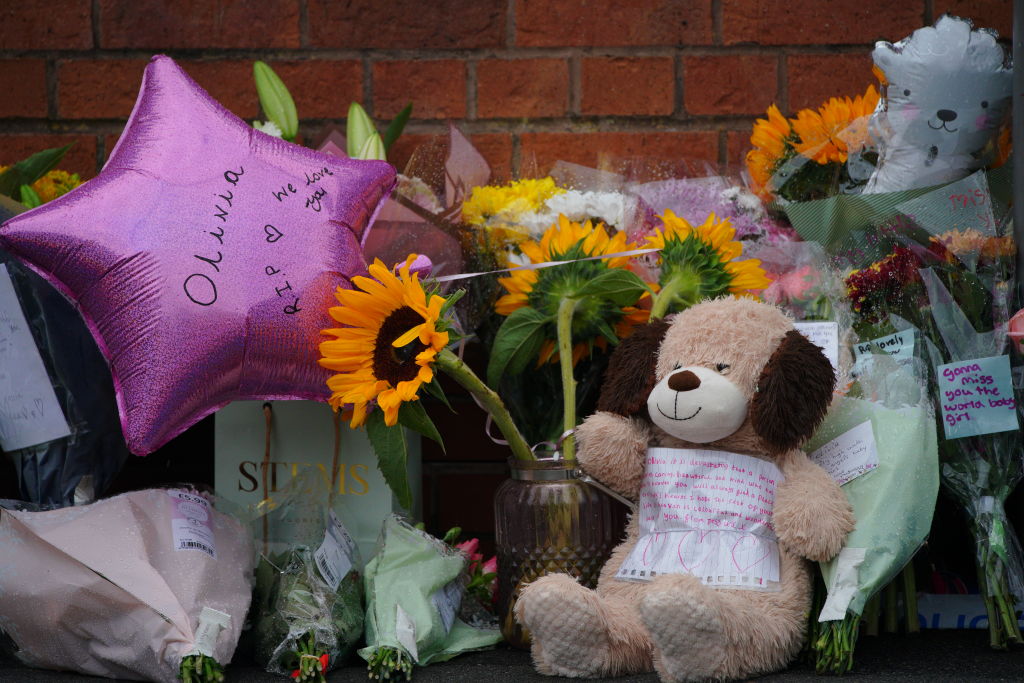
And for all this talk of gangs, Walmsley doesn’t like the word. “Gangs,” he says and stops to pause, as though interrogating the word for meaning, sifting through a mental rolodex of lived experience. “These are just lads who have grown up on the same street with common interests and circumstances.” Of course the interests; smoking weed and making a bit of money, follow on from the circumstances; perpetual boredom and a lack of money.
And so in the absence of good guidance or a better route up life’s ladder, criminality seems a fair way to go. “An option,” in Walmsley’s words. Not that the odds are well stacked. Down at street level they fight for scraps. Those who progress become a bit more professional and might adopt a more businesslike approach, but by that stage the police have been building up a dossier. So they get arrested and reemerge into middle age back down on the bottom rung. Those currently hiding out from Operation Venetic behind the palm trees of their Algarve villas are very much the minority. Nonetheless, it’s an option.
On the outer wall of Hubbard’s apartment block, there used to be a word scrawled in white, four feet high. “Grass”. The grass in question was an old tenant who informed to the police in an incident that no one can quite remember now. He was slashed with a knife for good measure. But he’s long gone now and the word has faded away to the point it is now no longer visible.
Hubbard likes to think it’s symbolic. Because this is not, he says, a community that would prioritise some distorted ethical code over the most basic form of justice. And nor too is it one that deserves — as it will of course become — to be ‘that place that little girl was shot’. It’s one that deserves to be represented by those that have gathered at The Drive — the one little speck of community space they have left — trying to pick up the pieces.

Comments
Latest
And the winner is...
Losing local radio — and my mum
A place in the sun: How do a bankrupt charity boss and his councillor partner afford a “luxury” flat abroad?
Gritty, cheeky, sincere: How Martin Parr captured the spirit of Merseyside
Liverpool is grieving
Four murders in a week have sent the city into shock. In Dovecot, residents are trying to pick up the pieces